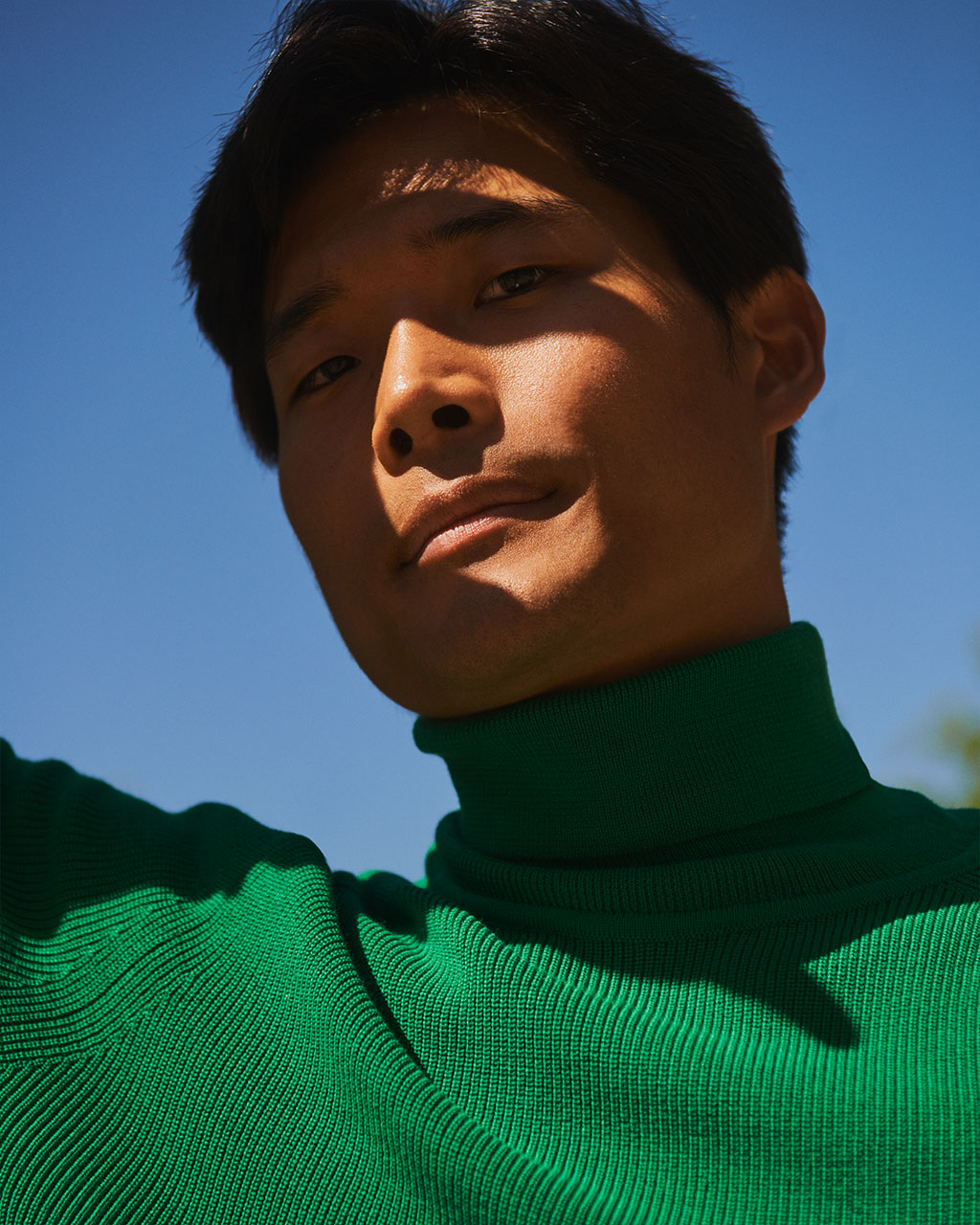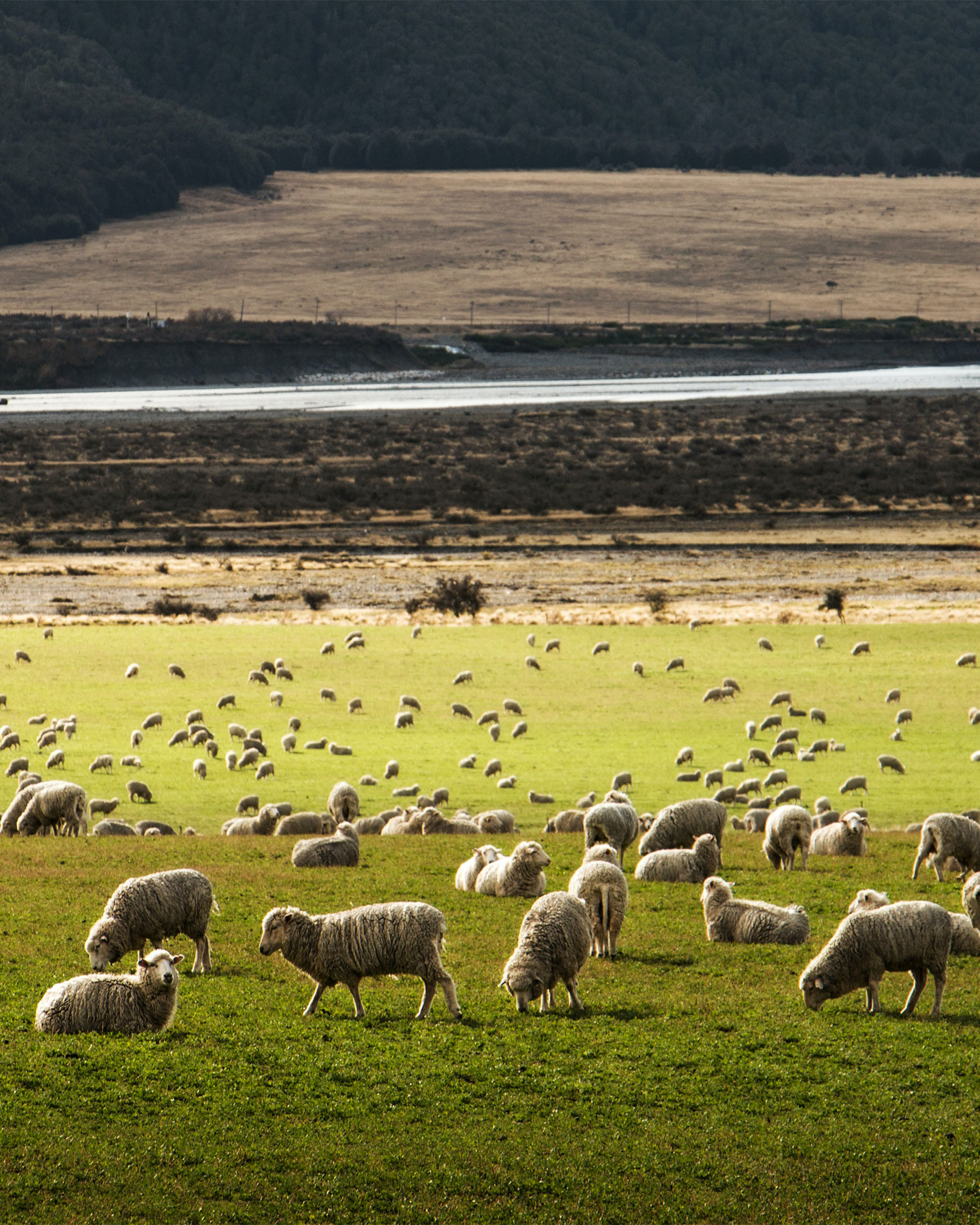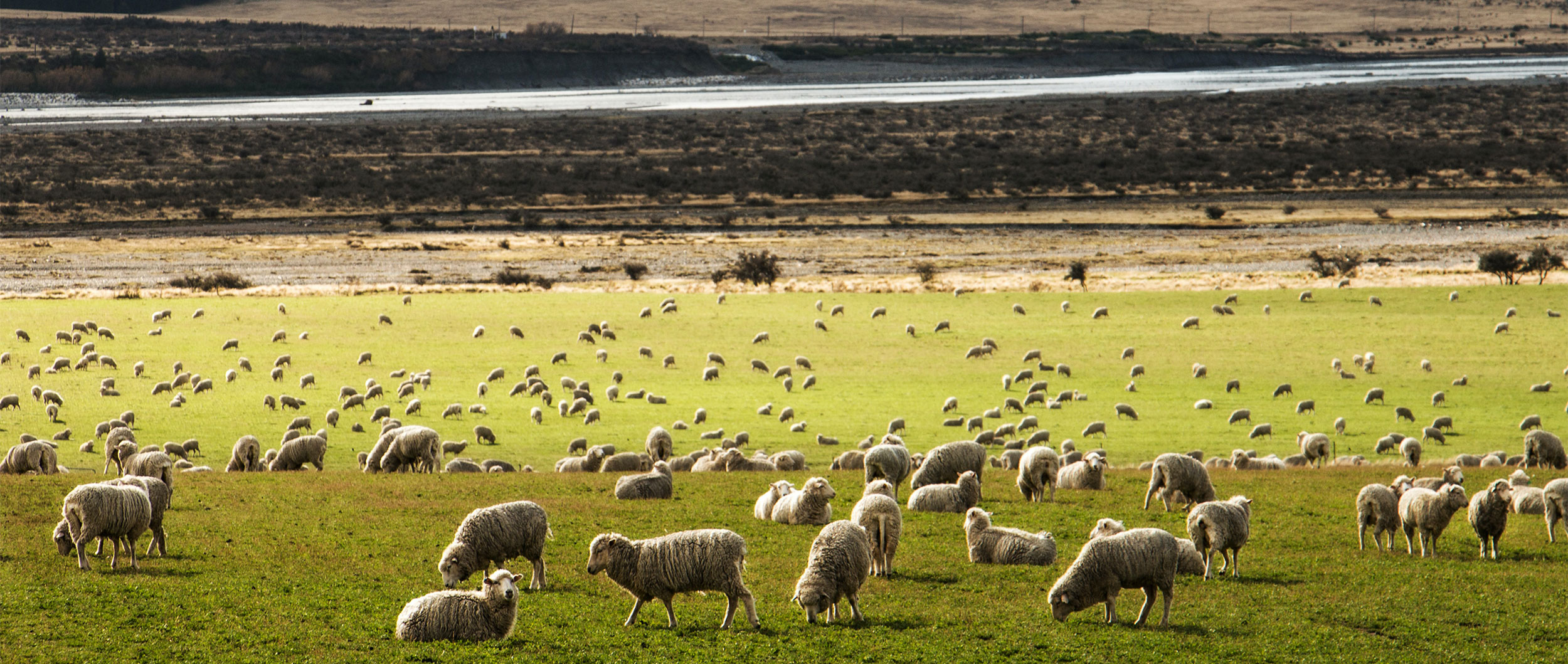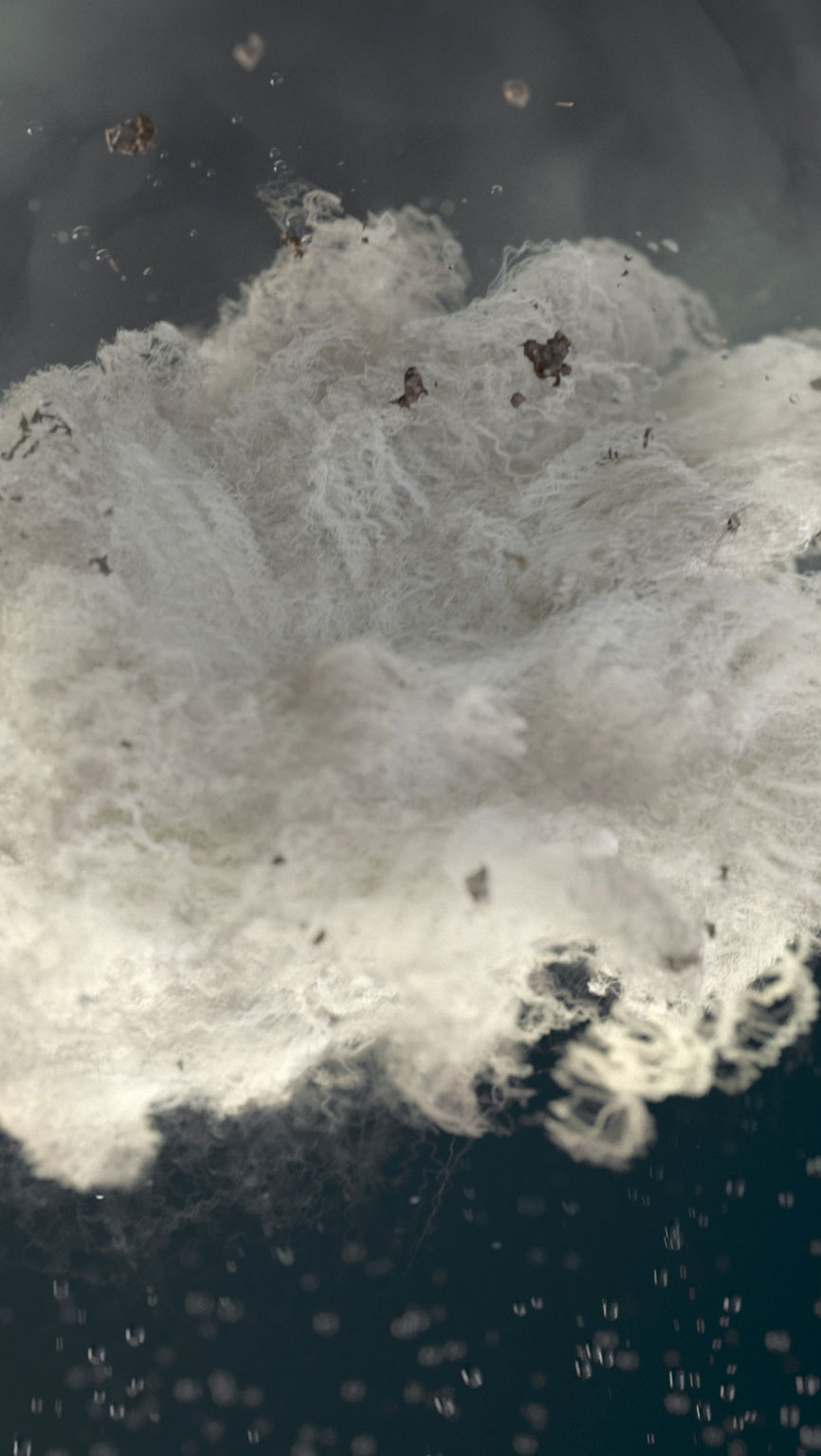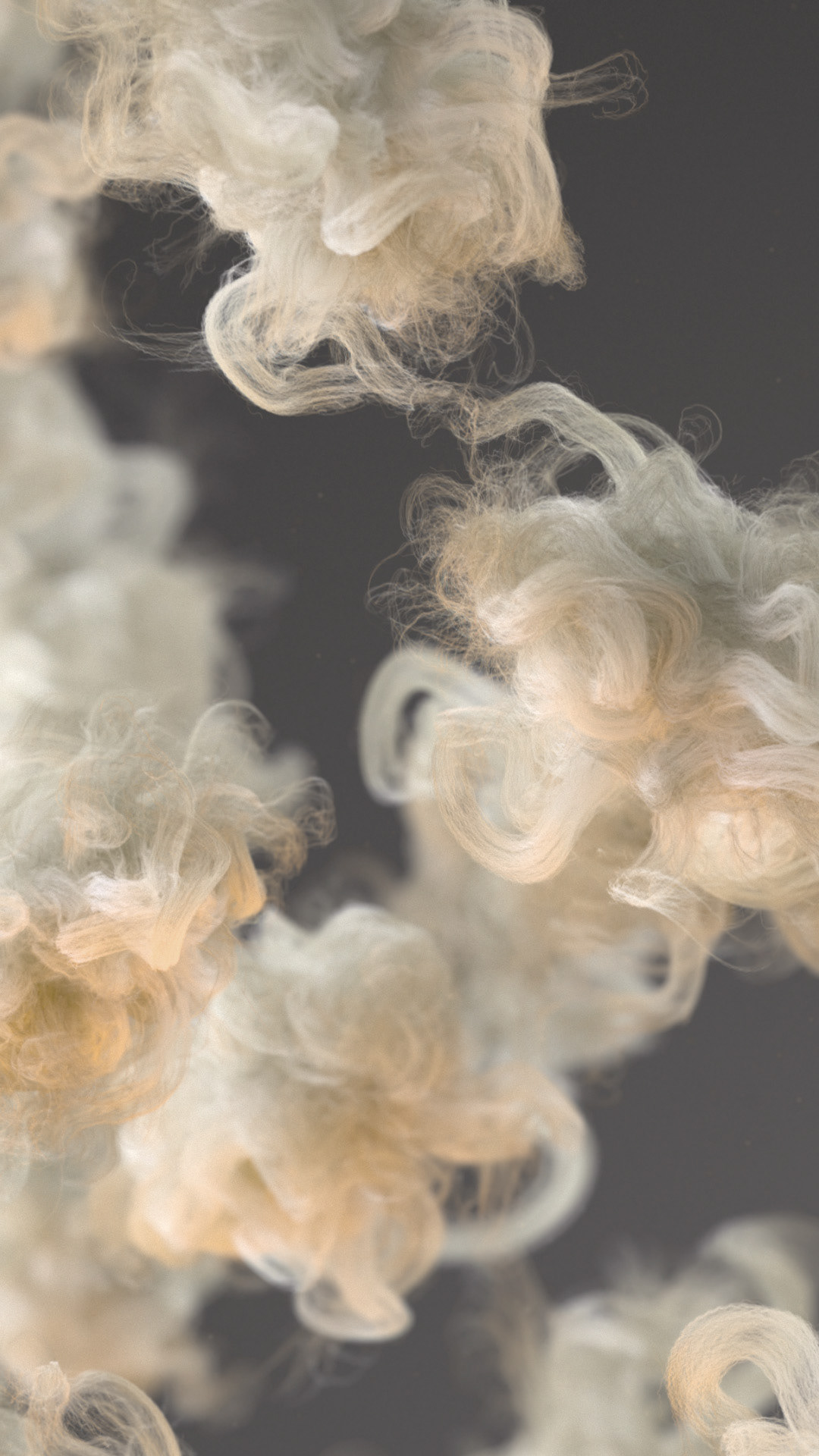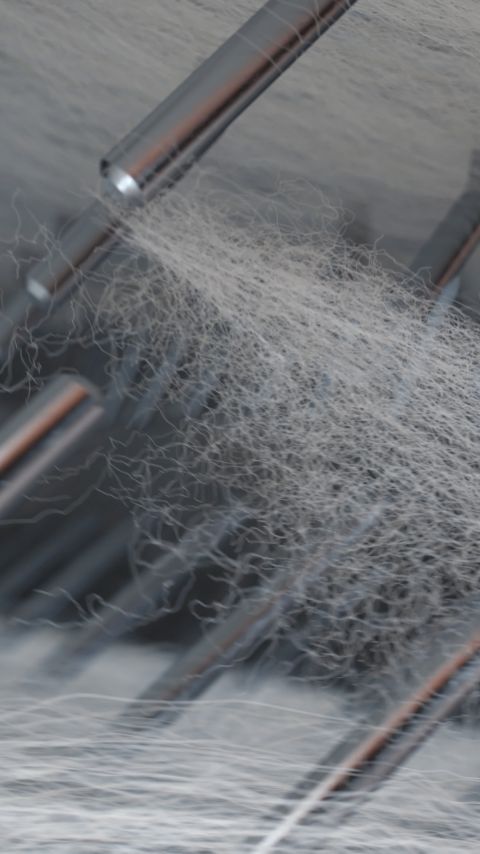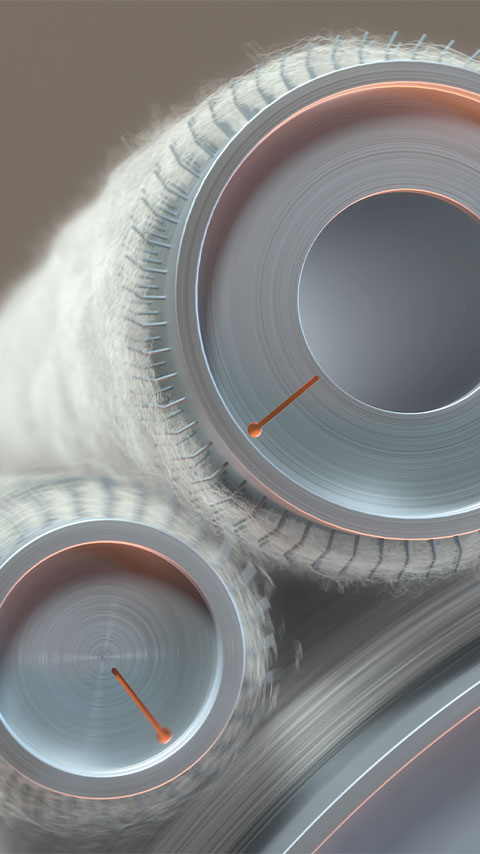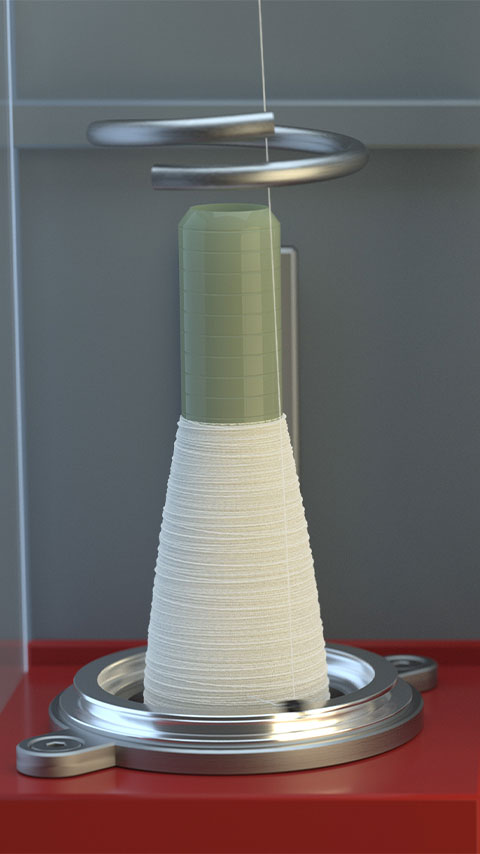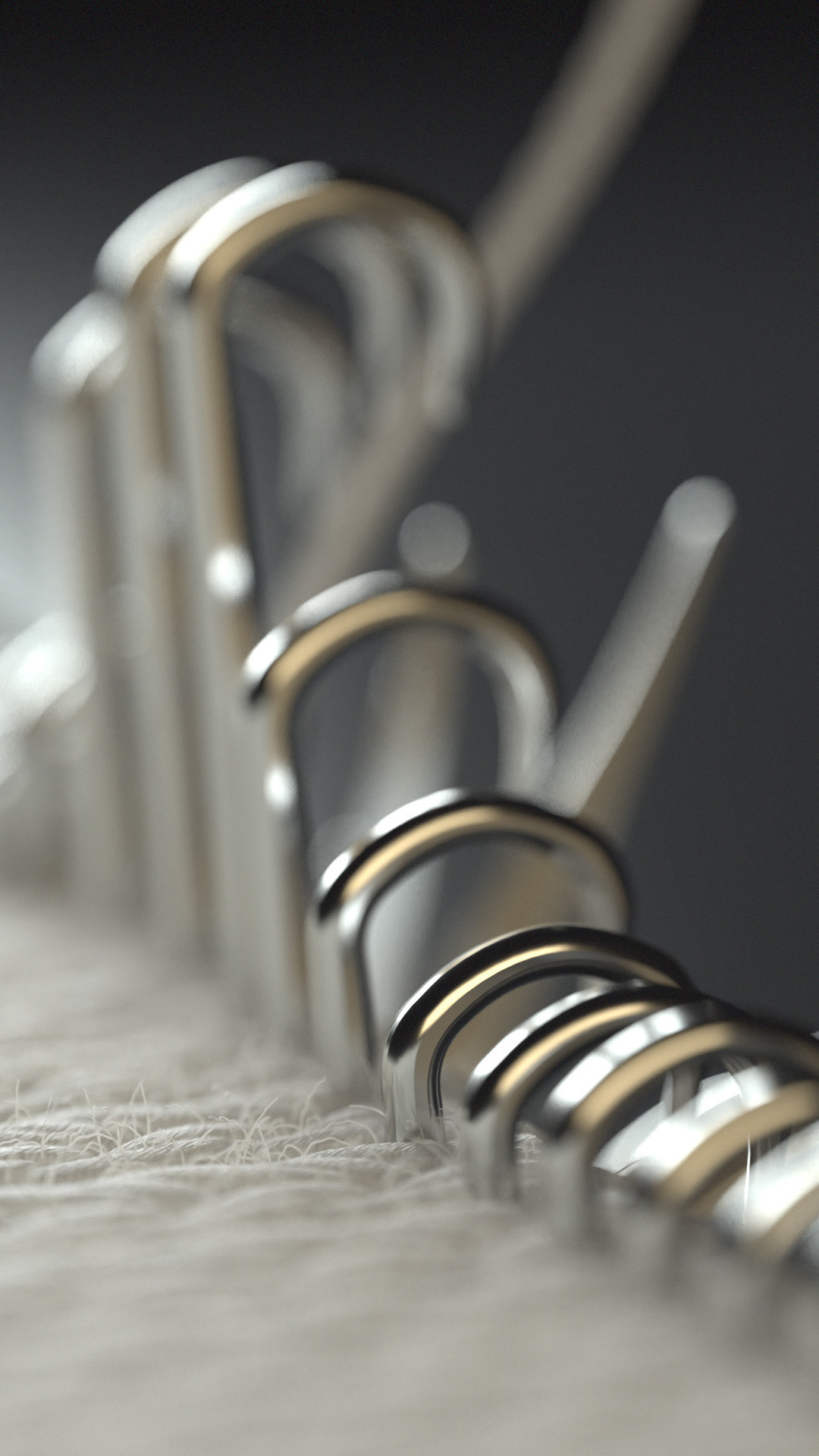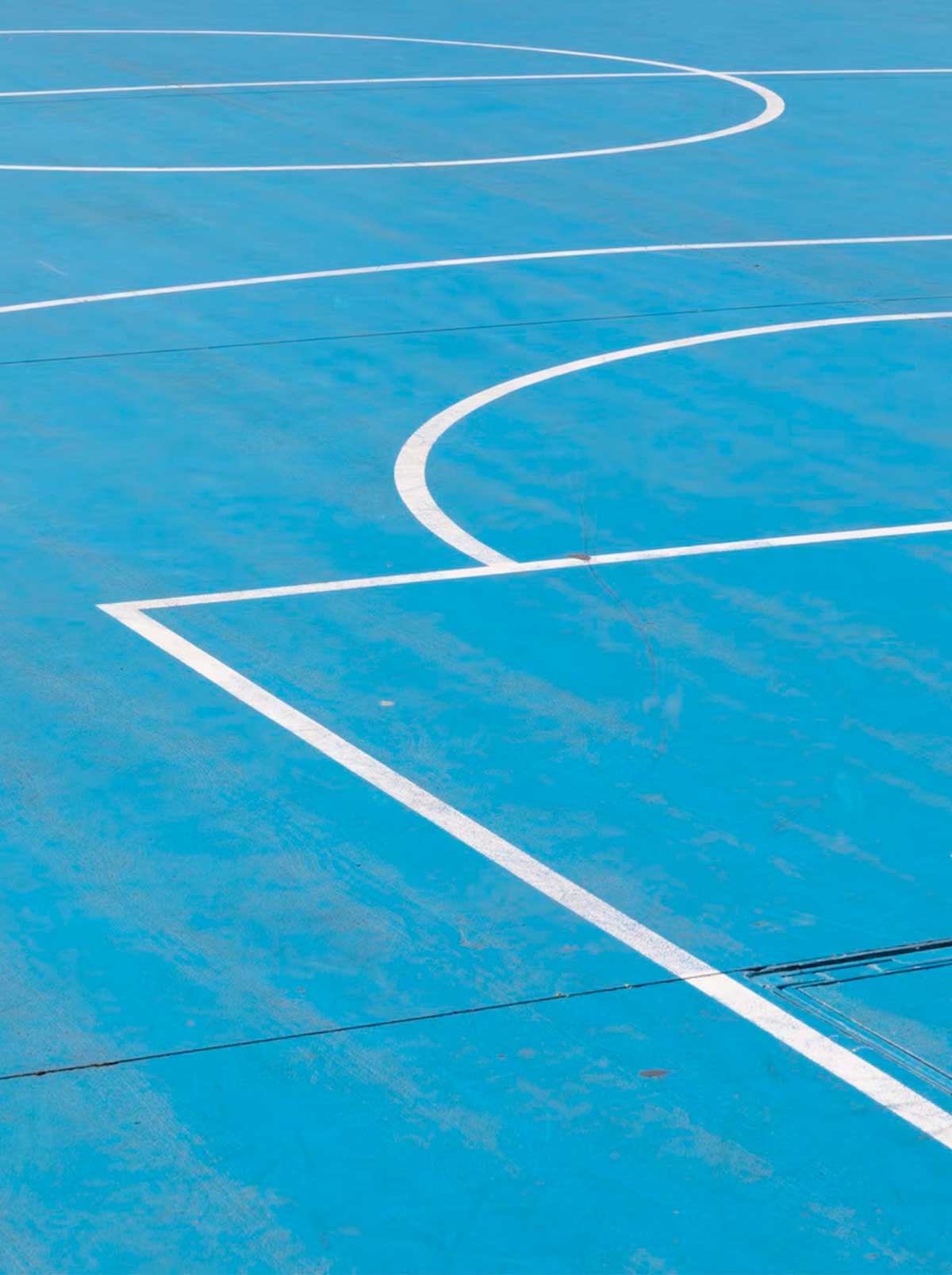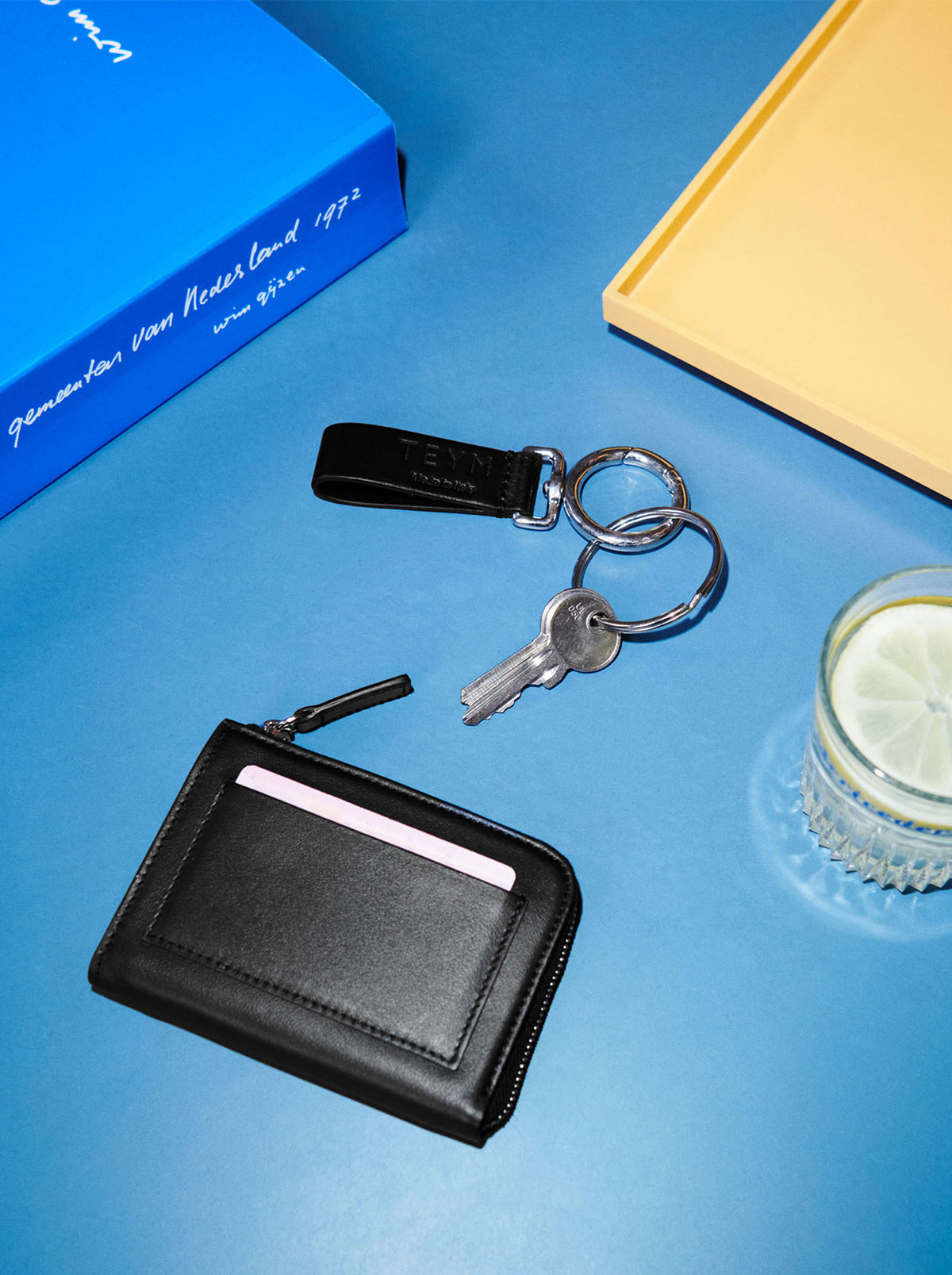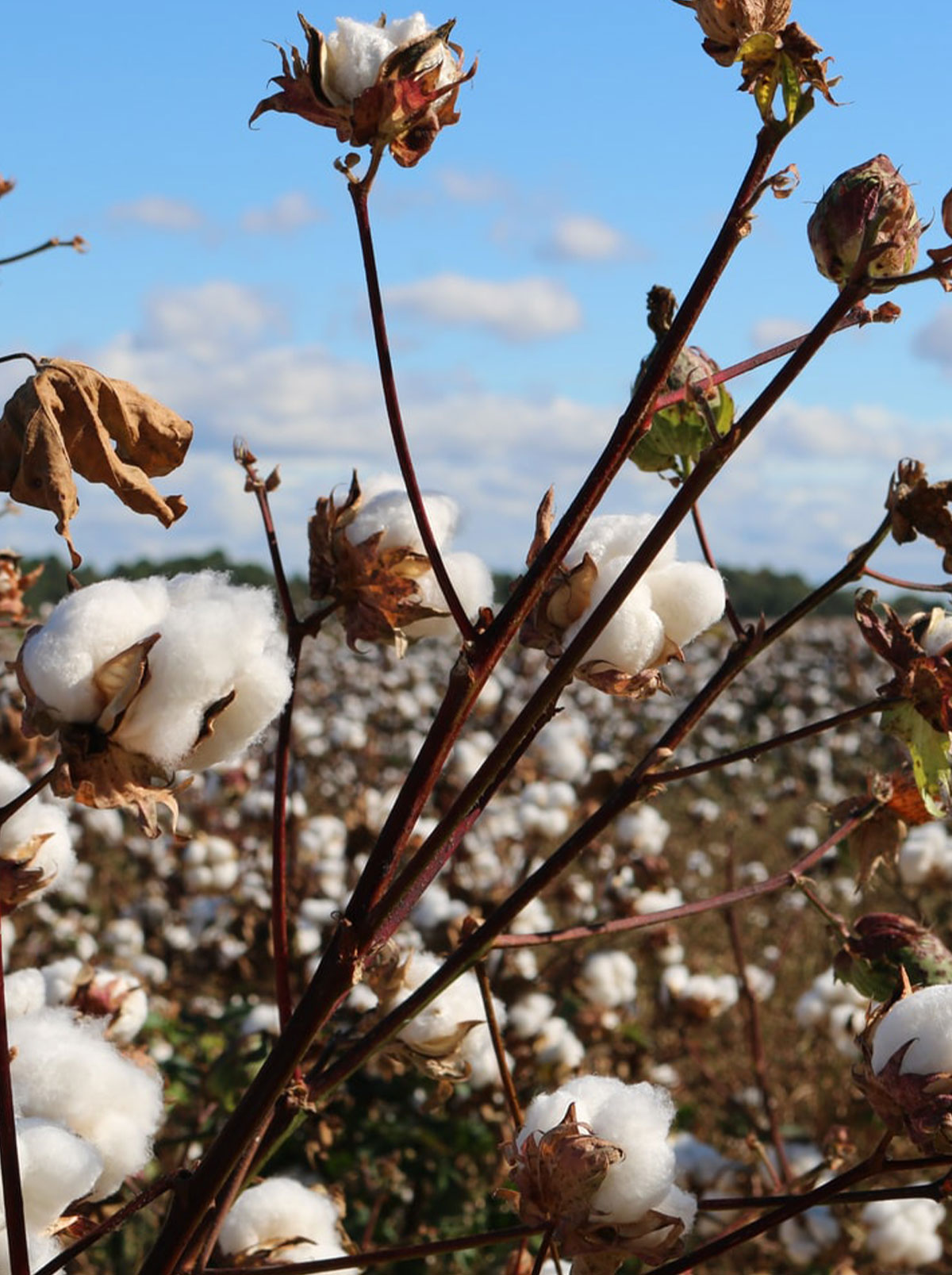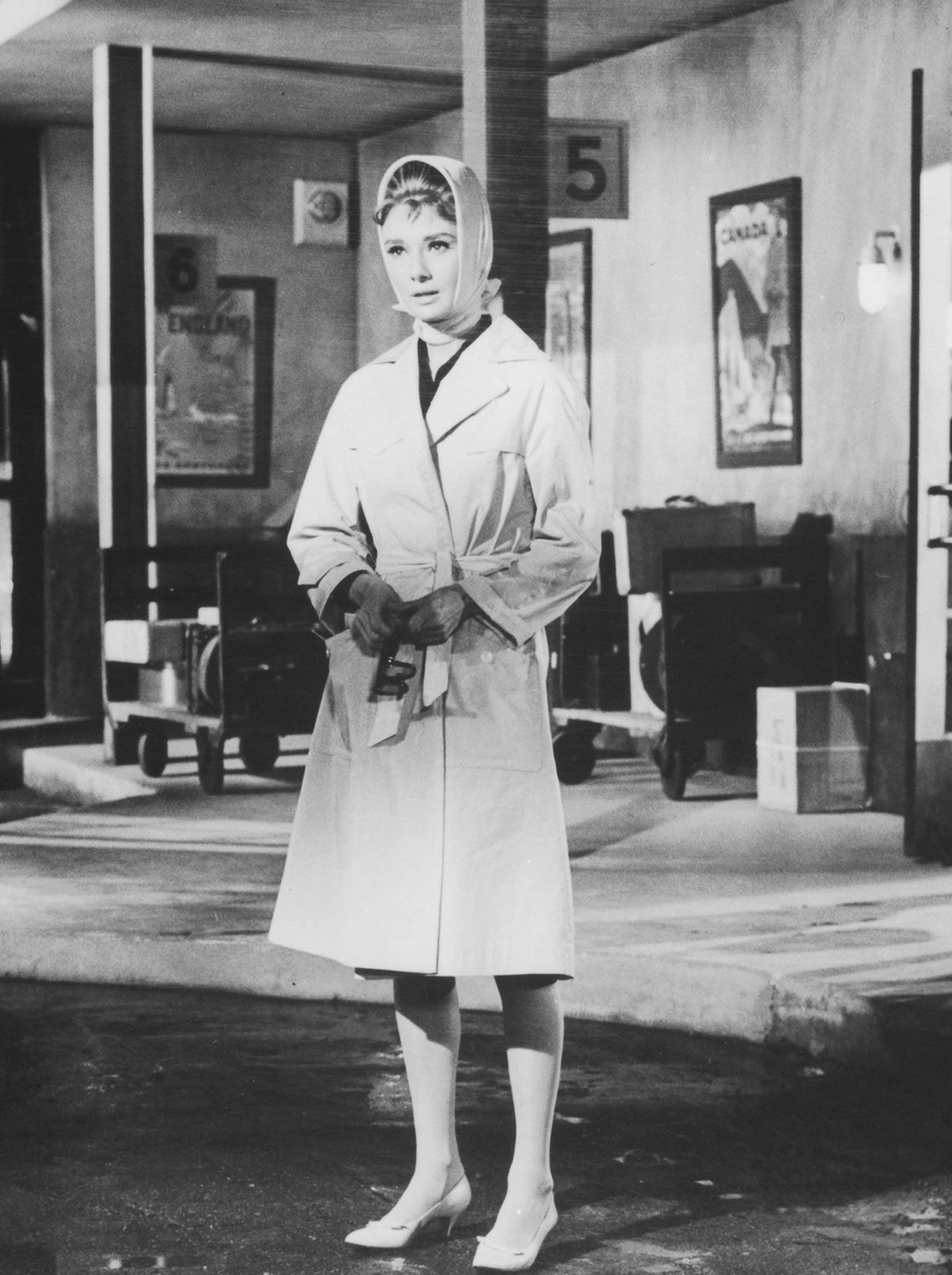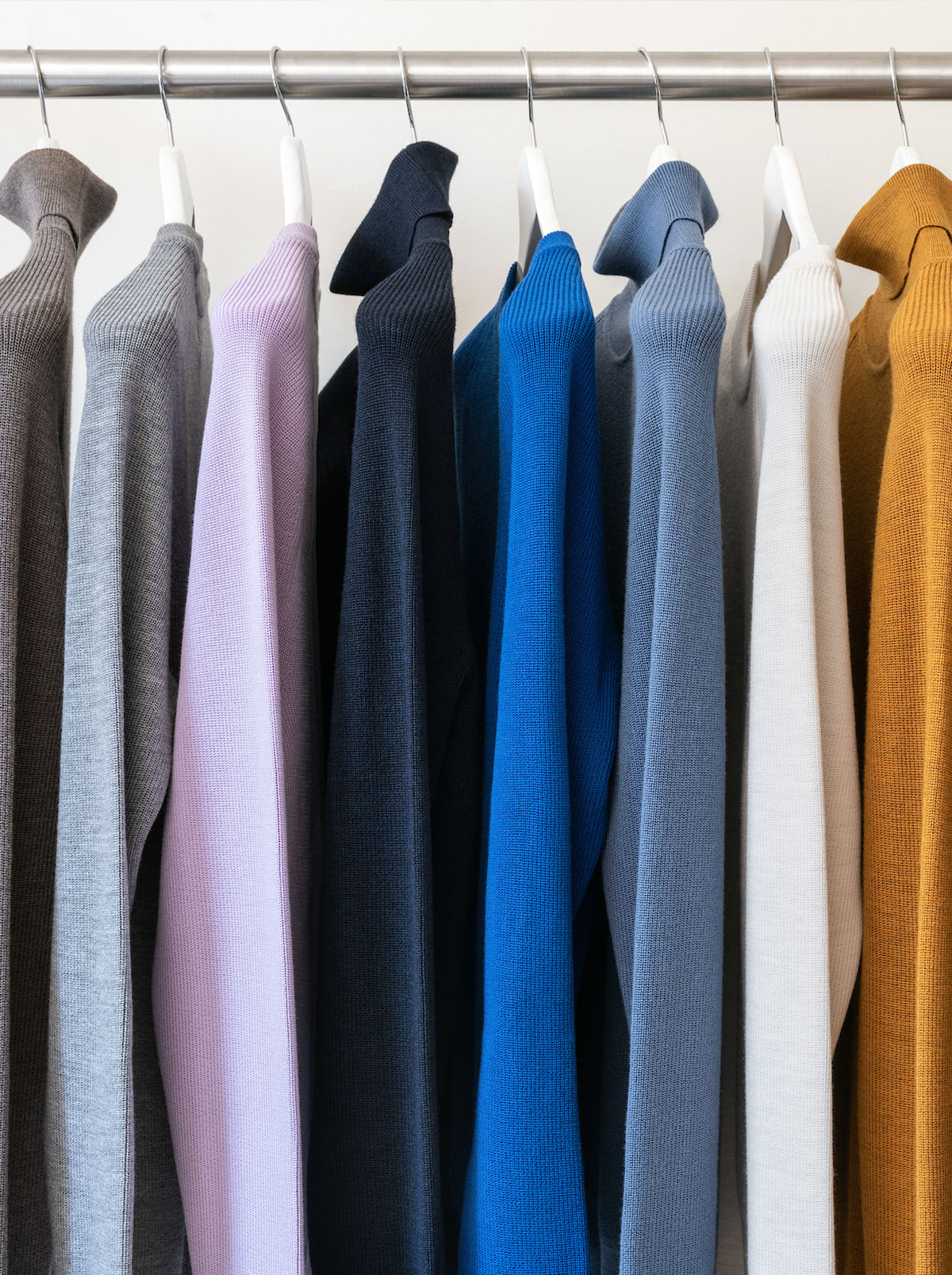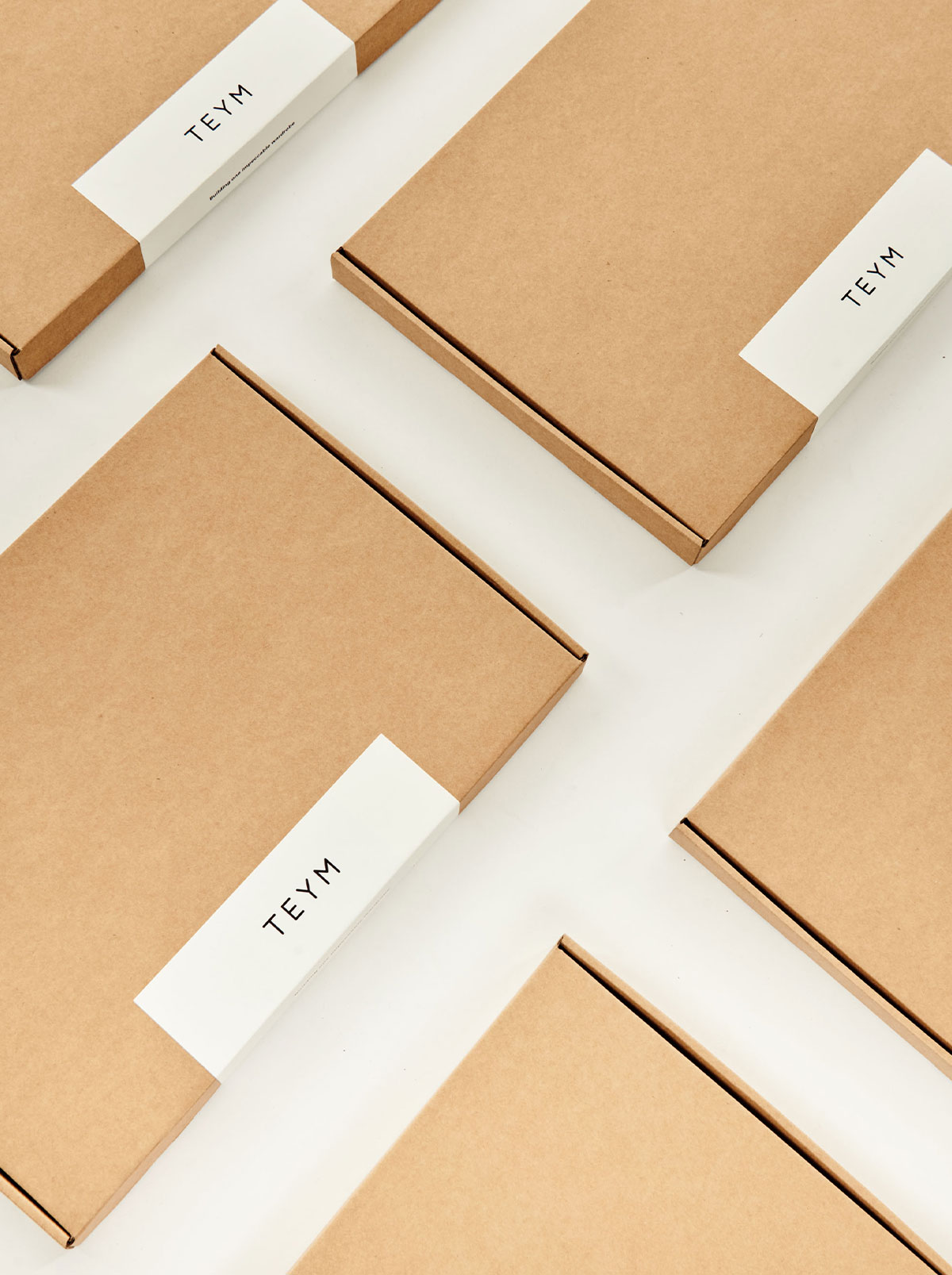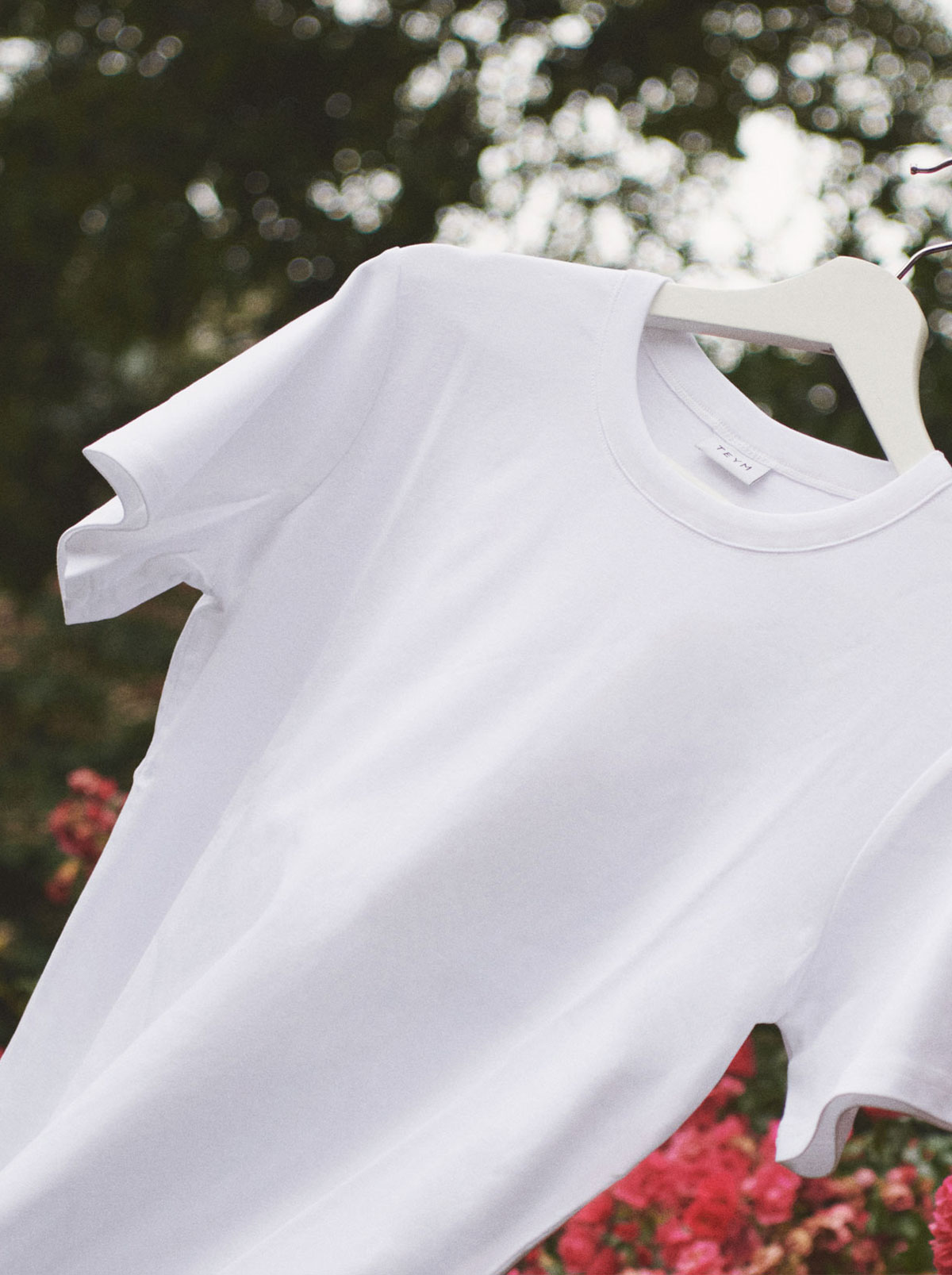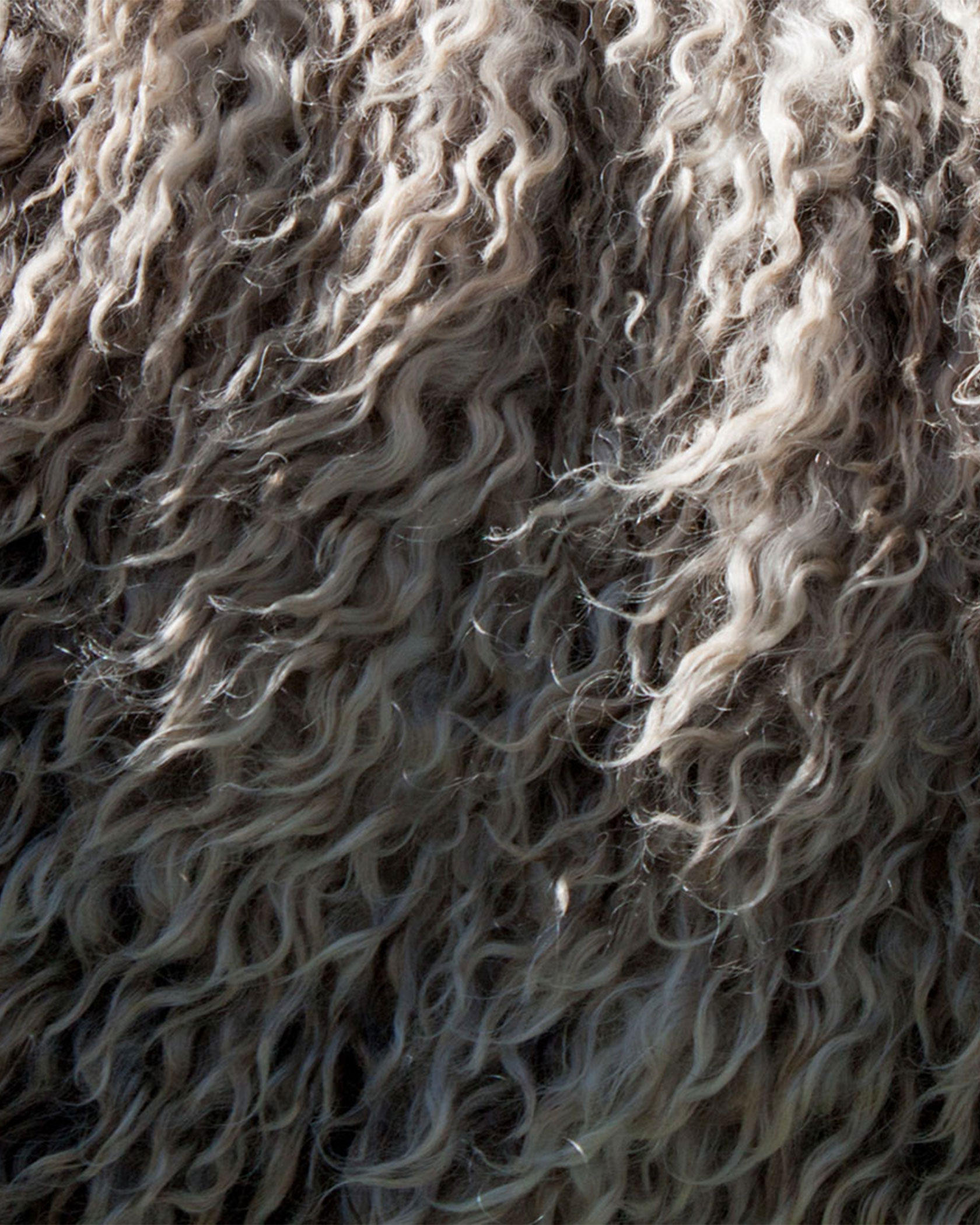
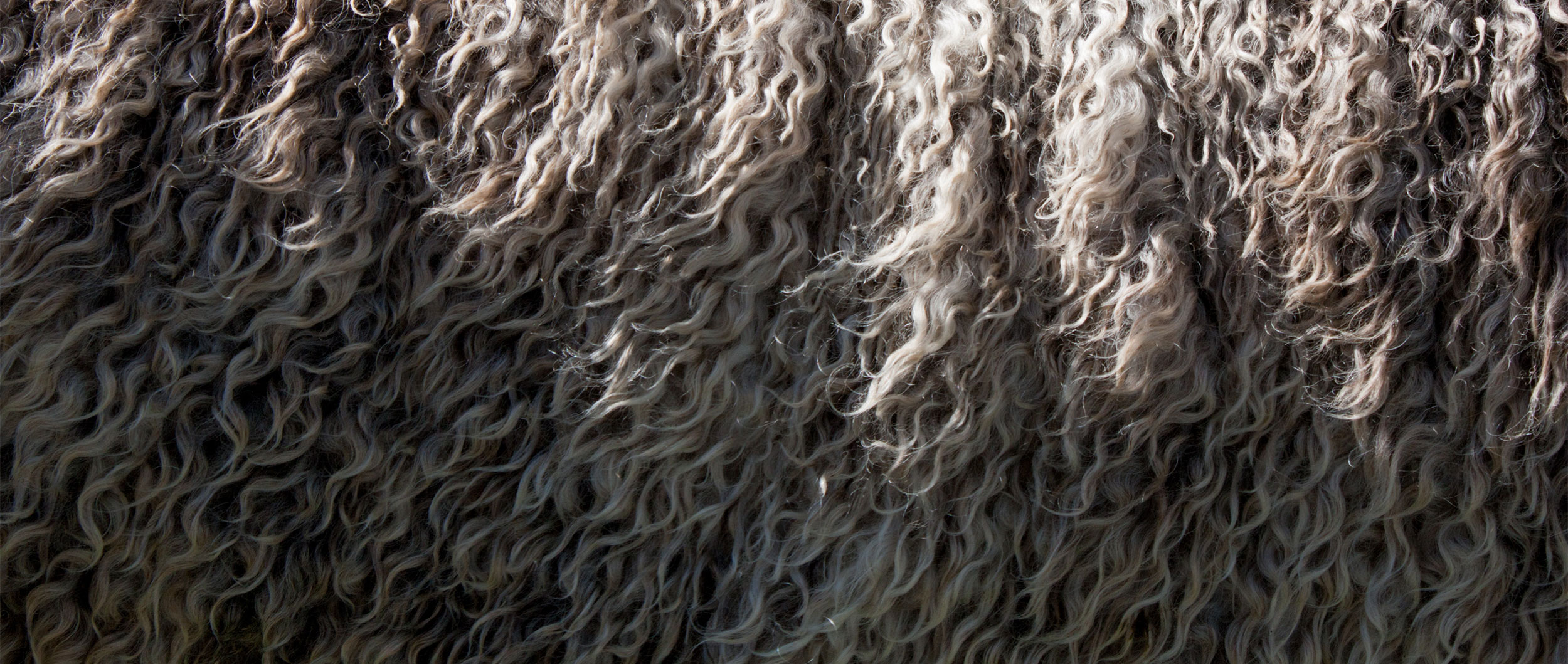
What is merino wool and how is it made?
/ Words: Amber Wolswijk
/ Category: Materials
/ Published: February 2023
What is merino wool and how is it made?
Whether you’re chilling on the couch or prefer to actively travel the world: merino wool has your back! With its extremely soft, durable qualities and lasting elegance, merino wool has a unique combination of properties. As you may have noticed: at Teym we are big fans. When we use wool, we naturally prefer merino wool. Like The Merino Sweater. But how is merino wool produced and what distinguishes merino wool from other wool types? In this blog post we explain the benefits of merino wool and why we chose to use it.
History of merino wool
Merino wool comes – as the name suggests – from the Merino sheep. Around the 12th century, the Merinos were first introduced to Spain by a North African Berber tribe. According to tradition, the Spaniards further developed the North African sheep by breeding with English breeds. The final result was a beautiful sheep, known for the high quality and fineness of its wool.
For 400 years the Spaniards controlled the wool market with their ‘special sheep’. The breed was therefore protected with strict rules. Before the eighteenth century, the export of merino sheep from Spain was punishable, in fact, it was a crime punishable by death. The merino race stood for power and wealth. Keeping the breed only within the country prevented the breed’s bloodlines from being spread.
In 40 years from just 28 to 2 million merino sheep
In 1788, John MacArthur, well-known wool pioneer, took on the great challenge. He brought the first merino sheep to Australia. Of the first 70 merino sheep that made this journey, only 28 eventually survived. 22 years later, in 1822, Australia had 34,000 merino sheep. 20 years later, the number of merino sheep has already risen to more than 2 million. Although the first merino sheep from Spain already had a fine fiber, the selective breeding of Australian farmers quickly created the authentic Australian merino wool with its even finer wool.
Merino sheep can live outside all year round. You can therefore usually find them in temperate climates. These climates have distinct seasons, but the temperature differences between winter and summer are not extremely large. The merino sheep is now mainly found in Australia, New Zealand, Argentina, Chile, South Africa and Uruguay.
The production of merino wool
Unlike non-renewable synthetics that are industrially produced, merino wool is a natural fiber that grows all year round. With a simple mix of ingredients such as water, grass and sunlight, the world’s best wool is produced under (often) sustainable agricultural conditions. Discover the amazing journey of merino wool in 8 steps: from sheep to sweater.
1. Clipping: The merino sheep is clipped, with the wool cut off and there is no direct contact with the skin. This keeps the sheep relaxed during its haircut. One sheep produces up to 5 kilos of wool per year, 80% of which is used for textile production. That’s about 8 sweaters per sheep!
2. Quality control: The wool is collected and filtered. During quality control, the strength and length of the wool fiber is taken into account.
3. Sanding and carding: The wool is cleaned by scouring it in hot water with detergent and air bubbles, so that the dirt is loosened and washed away. When the wool is dry, it is ‘carded’, whereby the wool fibers are separated with a machine and spread so that it is ready for further processing.
4. Combing: The fibers are combed. During combing, the fibers are drawn through a fine-toothed comb. This leaves only the long fibers behind for a pure quality.
5. Spinning: During spinning, the wool fibers are passed through all kinds of rotating, turning and spinning machines, which eventually forms into a strong yarn.
6. Knitting: The yarns are knitted or woven in machines into textiles that are ready for the last refined steps.
7. Dyeing: The wool is dyed in water to impart color, which is completely absorbed into the wool fiber. The dyeing process can be applied at any stage of the wool processing.
8. Wash, dry, steam: The last step is to wash, dry and steam to make the wool clean and extra soft. It is now ready to be further processed into clothing or other consumer goods.
What are the qualities of merino wool?
Merino wool is full of unique qualities! Below we have listed the five most characteristic qualities of merino wool.
- Summer or winter. Merino wool helps to keep your body temperature stable. The merino sheep is built to survive in extreme climates, from the blazing summer sun to frigid winters. Merino wool owes its qualities to this: each fiber manages to regulate body temperature in a natural way. When it’s cold, the natural folds in the fibers trap air, insulating you. When it’s warm, moisture from perspiration is retained in the fibers, keeping you dry and cool.
- Merino wool neutralises unpleasant sweat odours. Merino wool is naturally self-cleaning to protect the sheep against bacteria. The moisture-wicking properties of merino wool transport sweat directly from the skin. the fact, the moisture management of merino wool is so goo that there is no room for bacteria to grow. This way your sweater stays fresh and you can wear it many times in a row, so ultra durable!
- Merino wool is extremely skin-friendly. When the flexible fibers touch the skin, they bend, preventing it from stinging the skin and preventing itching. Are you not used to other wool types? The fine structure feels soft against the skin, so you prefer to wear your sweater day in and day out.
- Merino wool hardly pills. Merino wool fibers are naturally long (on average 5 times longer than fibers from other wools), which provides extra strength. The fiber can form many more connections along its length than short(er) fibres, making it more difficult to disrupt. When a garment consists of many short fibers, connections break more easily and it is easier to get holes in them.
- Merino wool is wrinkle-free. Because merino wool is naturally resilient, it retains its shape well and is also extremely comfortable to wear. Try it out: are you going on a trip and are you afraid that your clothes will come out of the suitcase wrinkled? Bring your merino sweater! Even a ‘bumpy ride’ in a full suitcase won’t wrinkle your merino sweater.
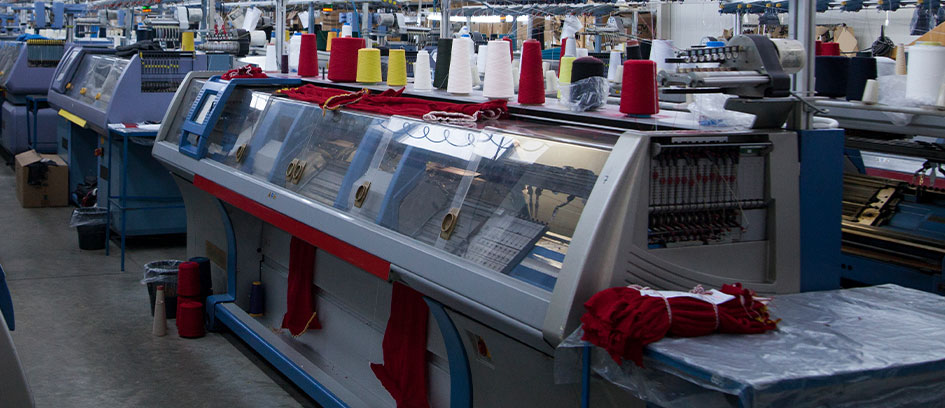
Curious about the factory where we produce our merino items? Discover here.
The difference between merino wool and other wool types
The fineness of wool is indicated in “microns”. The lower the micron number, the finer the wool is. Many wools are 40 microns or more, while merino wool ranges from about 24 to 15 microns or even lower. This makes merino wool more flexible and softer to the touch than other wool types. Due to its fine structure, it does not itch on the skin, it is lightweight and does not pill. That is why you see that merino wool is also often used as base layers, socks and underwear.
Did you know this about merino wool?
- Merino wool disappears in the soil after about 12 months? The fibrouw protein is absorbed and releases carbon and nutrients into the soil. 100% natural, 100% biodegradable.
- Merino wool contains natural SPF40+? This way you are always protected against the bright sunlight. Day at the beach? Bring your merino sweater!
- Merino wool is fire resistant? When exposed to fire, merino wool will “smolder” for a short time. Because the wool is self-extinguishing, the smoldering will stop automatically when the flame is gone.
- The big fashion breakthrough of (merino) wool came at the end of the Second World War? A new fashion revolution emerged: ‘The New Look’. Introduced by the house of Christian Dior, the new style used many wool fabrics in their designs as resistance to the war years.
Merino wool – why do we use it?
Teym strives for a complete wardrobe that is produced as sustainably as possible. We therefore use merino wool for the production of The Merino Sweater and The Beanie. Merino wool is 100% natural, has an extremely long lifespan and is easy to maintain. An ultimate addition to our wardrobe is an item that lasts a long time and is produced under better working conditions. As a result, we guarantee the quality and a lifespan that matches our timeless and classic products.

